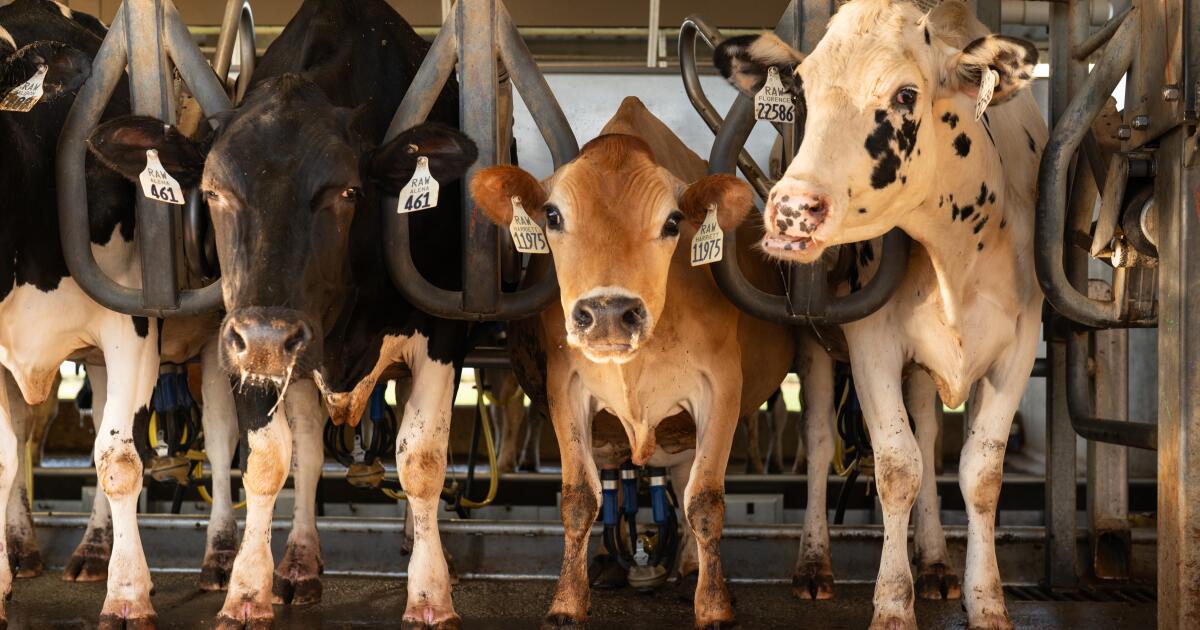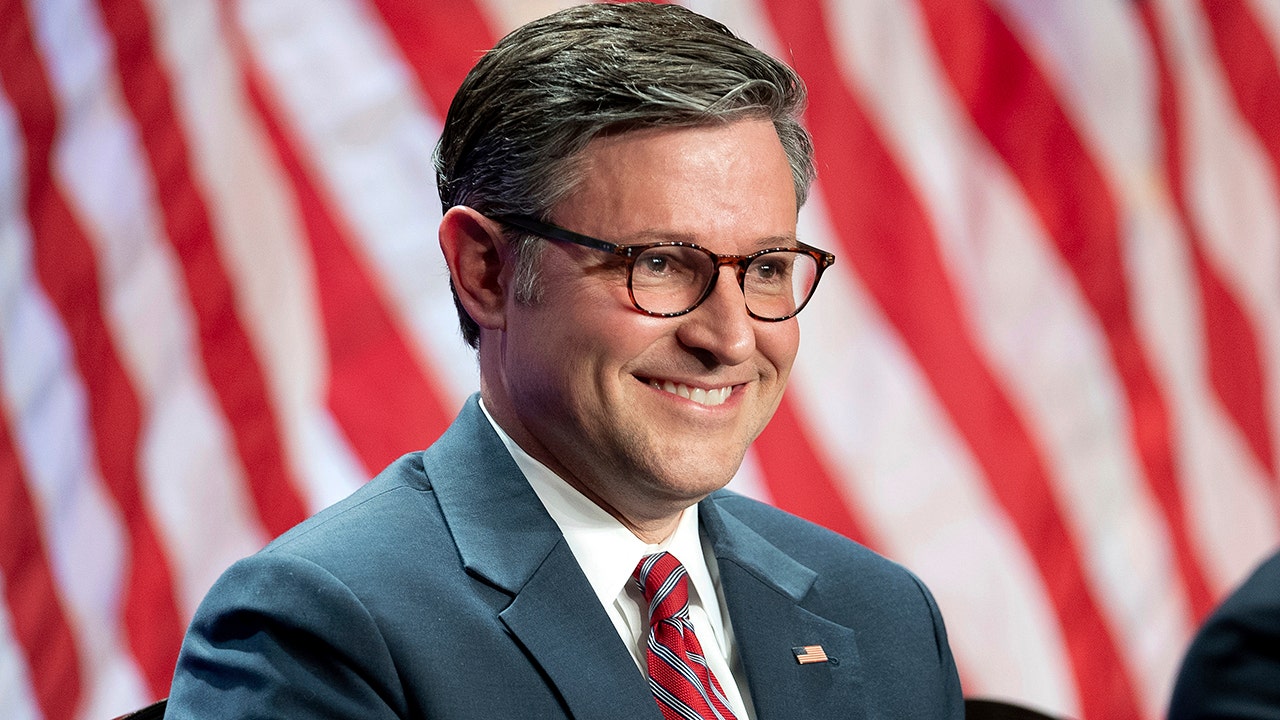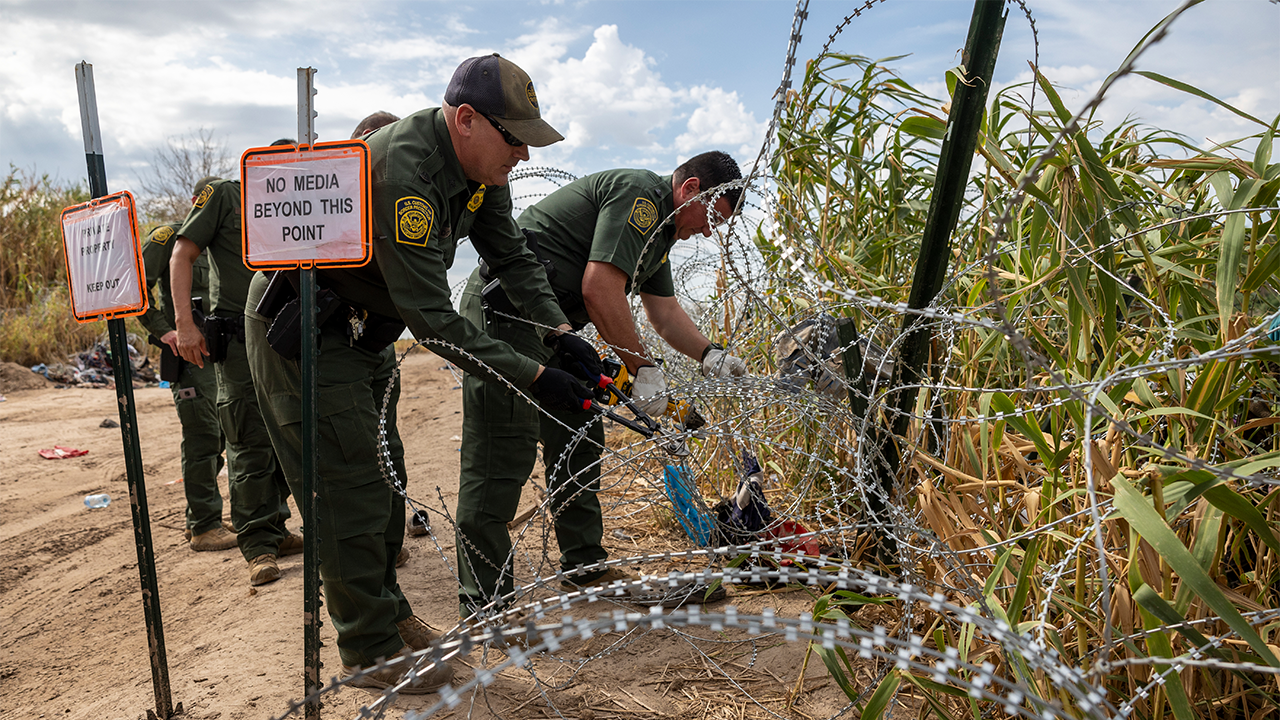Mississippi
CPA turns to carbon capture and GreenTrees to fund conservation efforts on Mississippi Delta land

For over 20 years, Wes Winborne, CPA, has been a partner at the financial advisory firm HORNE, providing assurance services to the construction industry in and around the southeastern United States. Winborne’s expertise includes audit and tax services, management advisory services related to job costing, bonding, IT consulting and internal control reviews to contractors, but his areas of enthusiasm reach even further.
Winborne owns around 700 acres of land in the Mississippi Delta, with 120 acres in mature hardwoods and the rest in various watershed conservation easements via the USDA, with 200 acres in need of replanting. This will be done through GreenTrees.
Winborne initially had his doubts about working with GreenTrees and entering the world of carbon capture, thinking it was “too good to be true.” But a friend and neighbor, Richard Hawthorne, introduced Winborne to carbon capture as a way to earn income while raising the hardwood trees he’s committed to growing. Steve Burgess of GreenTrees helped this careful investor realize what was being offered: a means of being paid to do what he loves best — rebuilding the forests he grew up in. “I really love seeing them come up,” he said, emphasizing his plantings are all “hardwoods, not pines,” especially red, sawtooth, white, and pin oaks.
“I have no reason to cut timber for money, but credits are a real incentive not to,” he said. “I bought this land so I could grow a natural forest the way I wanted to.” That means highlighting the wildlife that have recolonized the property, including black bears that were spotted in 2022 for the first time in several years.
Winborne noted that the top five banks in the U.S. have committed to ESG (Environmental, Social and Governance) investing, in which corporations borrow money from banks in a way that is somewhat dependent on the banks’ compliance with the ESG rating system. That system focuses on a company’s record in ESG areas, including carbon emissions, reforestation, employee diversity, political donations and lobbying.
ESG’s environmental protocols are numerous, Winborne said, including a business or individual’s policies “regarding greenhouse gas emissions, energy use, waste management, toxic pollution, and animal welfare.” But, this wide variability makes it easier for loan-seekers to choose from a broad range of potential environmental benefits stemming from their business or personal practices, thereby taking full advantage of what is rapidly becoming the standard for international investment.
From an environmental perspective, one of the most logical and newer means of achieving ESG standards is investing in the reforestation of old farms or fields with carbon-capturing hardwood trees and collecting regular payments for the CO2 offset that forests naturally provide as they mature. While major corporations seeking loans will be rewarded through compliance with ESG requirements, simply storing carbon in trees is something almost any landowner can do, especially through experienced counselors like GreenTrees.
Winborne said his relationship with GreenTrees has “allowed me to take carbon credits and turn them into cash,” which he often uses to purchase additional acreage that will soon be planted in hardwoods. Winborne claimed that few landowners in his area would be willing to buy property under an easement, which perpetually limits the amount of construction, infrastructure, and habitat destruction for development, often in exchange for state tax incentives. But, he emphasized, “I’m for the wildlife.”
February through May is the typical flooding season in Winborne’s part of the Delta, and he experiences higher water levels across much of his property, covering old farmland and restored forests. While the property came with some dikes and sloughs, there is no major infrastructure for flood control because there will be no need for that kind of investment as his new forest matures and expands. “Trees only,” he said.
Growing up a hunter instilled in Winborne a love for the outdoors that reverberates among the seedlings that are forming a fresh hardwood forest on his property. His landscape’s various interwoven sloughs provide excellent habitat for game animals such as ducks, while the recovering woodlands have abundant habitat for deer and squirrels. With bears slowly recovering in the area, it’s almost like an older new world is gradually unveiling itself.
GreenTrees has had a profound effect on this financier’s views about carbon capture, and he’s eager to spread the word to friends and colleagues. From an accountant’s point of view, Winborne says CO2 credits “are a great way to help pay for the things people love about the outdoors. They’re an excellent revenue stream for returns on land investment, keeping land as it should be instead of as tree farms. This way you can make money without having to cut down trees, all while attracting and preserving wildlife.” For a long-term investment, being paid to plant carbon-capturing hardwoods that can live for centuries seems the epitome of good financial sense.

Mississippi
Thanksgiving on Mississippi Public Broadcasting Think Radio, set to air on Thursday, November 28th

MISSISSIPPI (KTVE/KARD) — For Thanksgiving, on Thursday, November 28, 2024, the Mississippi Public Broadcasting Radio will air a special programming.
Photo courtesy of Mississippi Public Broadcasting
According to officials, “Turkey Confidential” and “Feasting with the Great American Songbook: An Afterglow Thanksgiving Special” will run from 9 a.m. to 1 p.m. Francis Lam will be taking calls and help those in need of Thanksgiving cooking tips for the biggest cooking day of the year.
According to officals, “Feasting with the Great American Songbook: An Afterglow Thanksgiving Special” will explore classic jazz and popular songs about food by singers like Louis Armstrong, Louis Jordan, and Fats Waller, perfect for listening while sitting at the table.
Mississippi
Southeast Mississippi Christmas Parades 2024 | WKRG.com

MISSISSIPPI (WKRG) — It’s beginning to look a lot like Christmas on the Gulf Coast and that means Santa Claus will be heading to town for multiple parades around the area.
WKRG has compiled a list of Christmas parades coming to Southeast Mississippi.
Christmas on the Water — Biloxi
- Dec. 7
- 6 p.m.
- Begins at Biloxi Lighthouse and will go past the Golden Nugget
Lucedale Christmas Parade
Mississippi
‘A Magical Mississippi Christmas’ lights up the Mississippi Aquarium

GULFPORT, Miss. (WLOX) – The Mississippi Aquarium in Gulfport is spreading holiday cheer with a new event, ‘’A Magical Mississippi Christmas.’
The aquarium held a preview Tuesday night.
‘A Magical Mississippi Christmas’ includes a special dolphin presentation, diving elves, and photos with Santa.
The event also includes “A Penguin’s Christmas Wish,” which is a projection map show that follows a penguin through Christmas adventures across Mississippi.
“It’s a really fun event and it’s the first time we really opened up the aquarium at night for the general public, so it’s a chance to come in and see what it’s like in the evening because it’s really spectacular and really beautiful,” said Kurt Allen, Mississippi Aquarium President and CEO.
‘A Magical Mississippi Christmas’ runs from November 29 to December 31.
It will not be open on December 11th, December 24th, and December 25th.
Tickets can be purchased online or at the gate.
The event is made possible by the city of Gulfport and Coca-Cola Bottling Company.
See a spelling or grammar error in this story? Report it to our team HERE.
Copyright 2024 WLOX. All rights reserved.
-

 Science1 week ago
Science1 week agoTrump nominates Dr. Oz to head Medicare and Medicaid and help take on 'illness industrial complex'
-
/cdn.vox-cdn.com/uploads/chorus_asset/file/25739950/247386_Elon_Musk_Open_AI_CVirginia.jpg)
/cdn.vox-cdn.com/uploads/chorus_asset/file/25739950/247386_Elon_Musk_Open_AI_CVirginia.jpg) Technology1 week ago
Technology1 week agoInside Elon Musk’s messy breakup with OpenAI
-

 Health5 days ago
Health5 days agoHoliday gatherings can lead to stress eating: Try these 5 tips to control it
-

 News1 week ago
News1 week agoThey disagree about a lot, but these singers figure out how to stay in harmony
-

 Health2 days ago
Health2 days agoCheekyMD Offers Needle-Free GLP-1s | Woman's World
-

 Science2 days ago
Science2 days agoDespite warnings from bird flu experts, it's business as usual in California dairy country
-

 Politics1 week ago
Politics1 week agoSize of slim Republican House majority hangs on 5 uncalled races
-

 World1 week ago
World1 week agoBangladesh ex-ministers face ‘massacre’ charges, Hasina probe deadline set
















